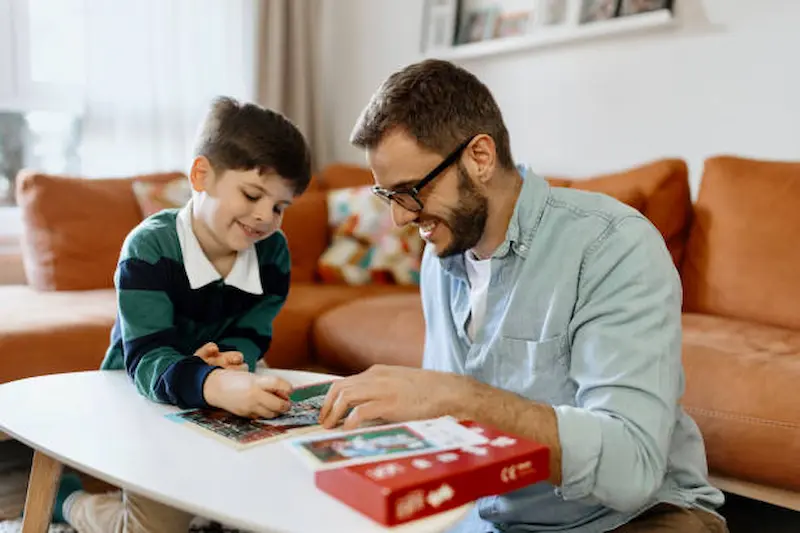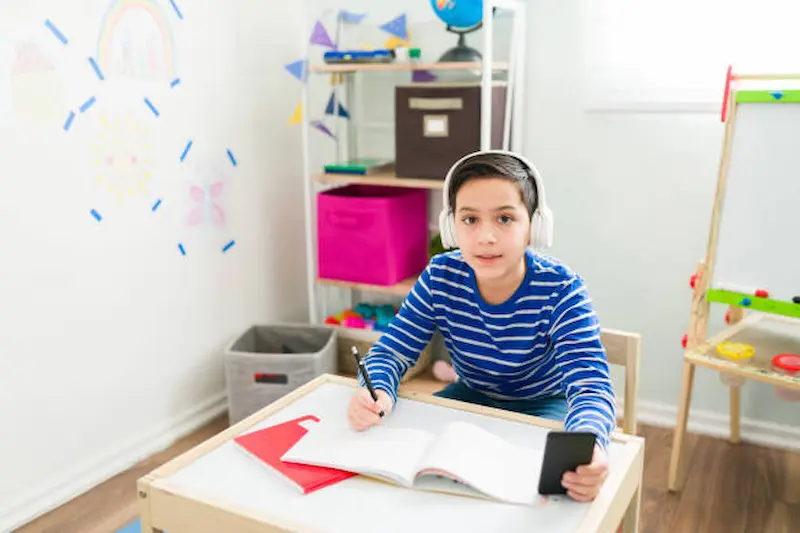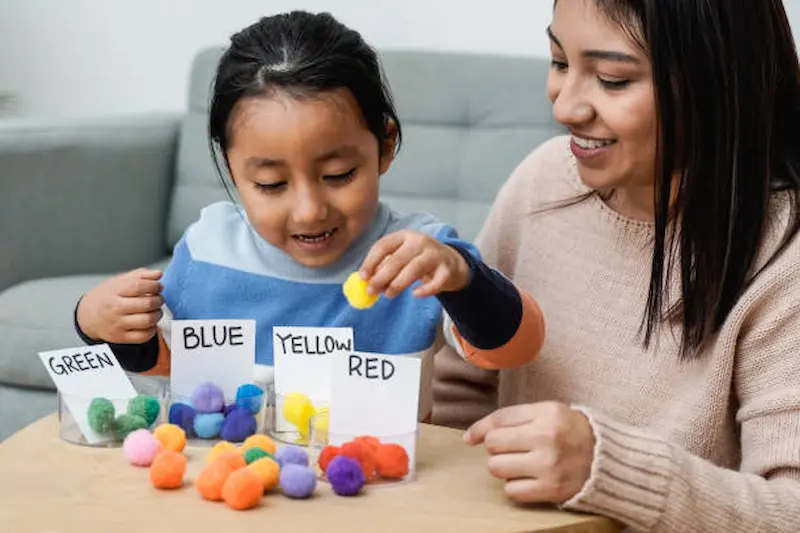Free teaching resources encompass a spectrum of educational materials available at no cost, including lesson plans, digital tools, and curricular content. Their importance lies in democratizing education, enabling educators to access diverse, high-quality materials without financial barriers. These resources play a pivotal role in enhancing education by fostering innovation, enabling personalized learning experiences, and ensuring equitable access to information, thereby empowering teachers to create engaging and comprehensive lessons tailored to students’ varied learning needs.
In this blog, we’ll explore the world of free teaching resources. These valuable assets, accessible at no cost, are a treasure trove for educators, offering a diverse range of materials to enhance classroom experiences, save costs, and adapt to different learning styles. Whether you’re a teacher seeking budget-friendly solutions or looking to enhance your teaching toolkit, free teaching resources are an invaluable resource worth exploring.
Table of contents
Benefits of Using Free Teaching Resources

A. Cost-effective teaching solutions
Free teaching resources significantly reduce educational expenses, offering educators valuable tools for teaching budgeting for kids and more. Educators can access a wealth of materials, from lesson plans to multimedia content, without straining their budgets. This accessibility promotes equity in education and ensures that students receive high-quality learning experiences without financial barriers.
B. Diverse and engaging content
Free resources offer a wide range of teaching materials, catering to different subjects and grade levels.
This diversity helps educators create engaging, varied lessons that captivate students’ interest and foster deeper understanding.
C. Time-saving opportunities
Pre-made resources save teachers time, allowing them to focus on instruction and student support. With free resources readily available, educators can streamline their lesson planning and reduce administrative work.
D. Adaptability for various learning styles
Free teaching resources often come in multiple formats, making it easy to accommodate diverse learning styles. Whether students are visual, auditory, or kinesthetic learners, these resources can be tailored to suit individual needs, enhancing the overall learning experience.
Types of Free Teaching Resources

A. Digital resources offer versatile tools for educators:
- Educational websites provide a vast array of lesson plans, interactive activities, and informational resources that can enhance classroom instruction. Explore these online platforms to discover a wealth of Fun & educational activities for kids, promoting an engaging learning experience.
- Online courses and tutorials allow both teachers and students to access free educational content on a wide range of subjects. These self-paced courses offer flexibility and in-depth learning experiences.
- Educational apps offer interactive and engaging ways to reinforce learning. From maths games to language apps, they cater to various subjects and age groups.
B. Open educational resources (OER) are freely accessible materials:
- Textbooks: OER textbooks cover diverse subjects, reducing the financial burden on students and schools while promoting equitable access to education.
- Video lectures enable students to learn at their own pace, with recorded content from leading educators and institutions.
- Course materials, including assignments, syllabi, and quizzes for kids, are available online, helping teachers create effective lesson plans.
C. Community-based resources foster experiential learning:
- Guest speakers and volunteers bring real-world expertise to the classroom, offering unique insights and inspiring students.
- Field trips and local resources connect learning to the community, enriching students’ understanding of the world around them.
- Collaborative projects encourage teamwork, critical thinking, and creativity, with students engaging in hands-on learning experiences that extend beyond the classroom. These initiatives not only foster a sense of collaboration but also contribute to developing essential critical thinking skills for kids.
How to Find Free Teaching Resources

A. Online search strategies can yield a treasure trove of educational materials:
- Utilizing search engines effectively: Use specific keywords, subject areas, and grade levels in your online searches to unearth relevant resources. Employing advanced search operators, such as quotation marks for exact phrases, can refine results further.
- Navigating educational resource directories: Explore curated directories like Education World or the National Education Association’s resource bank. These directories categories resources, making it easier to find materials that suit your needs.
B. Networking and professional organizations:
Joining educational communities and associations can open doors to free resources.
Colleagues and professional organizations often share their curated materials and insights. This collaborative spirit not only enriches teaching practices but also promotes a culture of continuous learning and positive thinking for kids.
C. Government and non-profit initiatives:
Government agencies and non-profit organizations regularly publish free teaching resources. Check out programs like OpenStax for open-access textbooks or governmental education departments for curriculum guides.
D. Crowd-sourced platforms and recommendations:
Platforms like TeachersPayTeachers and Pinterest offer resources created by educators for educators. Additionally, seek recommendations from fellow teachers and educational forums to discover hidden gems in the vast sea of free teaching materials. These platforms not only provide tools for effective teaching but also can be a goldmine for study tips for students. Integrating these insights into your lessons can enhance student engagement and success in the learning process.
Assessing the Quality of Free Teaching Resources

A. Evaluating credibility and reliability:
Before incorporating free teaching resources, it’s vital to verify their source’s credibility. Ensure the content is backed by reputable institutions, experts, or educators. Peer-reviewed materials often indicate reliability, maintaining the integrity of your educational content.
B. Aligning resources with educational goals and standards:
Assess how well the resources align with your curriculum objectives and educational standards. High-quality resources should complement your teaching goals, promoting students’ mastery of essential skills and knowledge. Whether it’s incorporating STEM activities, study aids, or leadership skills for kids,
ensure the materials contribute not only to academic growth but also to the holistic development of each student.
C. User reviews and feedback:
Leverage user reviews and feedback, often available on resource-sharing platforms, to gain insights into the effectiveness and usefulness of free teaching resources. Consider the experiences of fellow educators to make informed selections.
D. Accessibility and inclusivity considerations:
Evaluate whether the resources are accessible to all students, including those with diverse needs. Priorities resources that offer multiple formats, accommodating various learning styles, languages, and abilities, to ensure an inclusive educational environment.
Integrating Free Teaching Resources into the Curriculum

A. Lesson planning and resource selection:
To effectively integrate free teaching resources while teaching kids kindness, begin by aligning them with your curriculum goals. Choose resources that enhance your lessons, considering their relevance, quality, and engagement potential. Organize these materials within your lesson plans, ensuring they support the desired learning outcomes.
B. Adapting resources to meet specific learning objectives:
Tailor free teaching resources to suit your students’ needs and your teaching style. Modify materials as necessary to align with specific learning objectives, making them more engaging and relevant to your classroom context.
C. Maintaining a balance between free and traditional resources:
Striking a balance is key. Combine free teaching resources with traditional materials to create a well-rounded curriculum. This ensures that your teaching remains varied and effective, leveraging the strengths of both types of resources while catering to diverse learning styles and needs.
Overcoming Common Challenges

Teaching often comes with its share of challenges, including the responsibility of teaching kids responsibility. Proactive strategies can help educators navigate these challenges successfully. Common obstacles include managing classroom behavior, addressing individual learning differences, and staying current with ever-evolving educational trends and technologies. By implementing effective classroom management techniques, utilizing differentiated instruction, and engaging in continuous professional development, teachers can surmount these challenges.
Collaboration with colleagues and seeking support from school resources can further empower educators to create enriching and inclusive learning environments, where students thrive and reach their full potential.
Conclusion
Free teaching resources refer to educational materials, tools, and content available at no cost to educators. These resources can include lesson plans, textbooks, digital content, and more. The benefits of using free teaching resources are numerous, as they can reduce educational expenses, provide access to diverse and engaging content, save time in lesson planning, and cater to various learning styles, ultimately enhancing the quality of education while promoting equity and accessibility for students and teachers alike.
To get your hands on more such articles, educational content, and free resources on coding for kids, robotics courses, game development, etc., check out the BrightCHAMPS Blog Page now!
Frequently Asked Questions ( FAQs )
A1. Check for reputable sources, verify credentials, and review user feedback to ensure reliability and accuracy of free teaching resources.
Q2. What are the best websites for finding free teaching resources?
A2. Websites like Khan Academy, PBS Learning Media, and Teach Starter offer quality free teaching materials across various subjects and grade levels.
Q3. Can I use free teaching resources in a traditional classroom setting?
A3. Yes, free teaching resources can supplement and enrich traditional classroom settings, catering to diverse learning needs and enhancing engagement.
Q4. Are there legal considerations when using free teaching resources?
A4. Yes, ensure compliance with licensing terms, citing sources, and respecting copyright regulations when using free teaching resources.
Q5. How do I integrate free teaching resources into my lesson plans effectively?
A5. Integrate free teaching resources by aligning them with lesson objectives, adapting content to student needs, and maintaining a balanced curriculum approach.


 We are an army of educators and passionate learners from BrightChamps family, committed to providing free learning resources to kids, parents & students.
We are an army of educators and passionate learners from BrightChamps family, committed to providing free learning resources to kids, parents & students.














